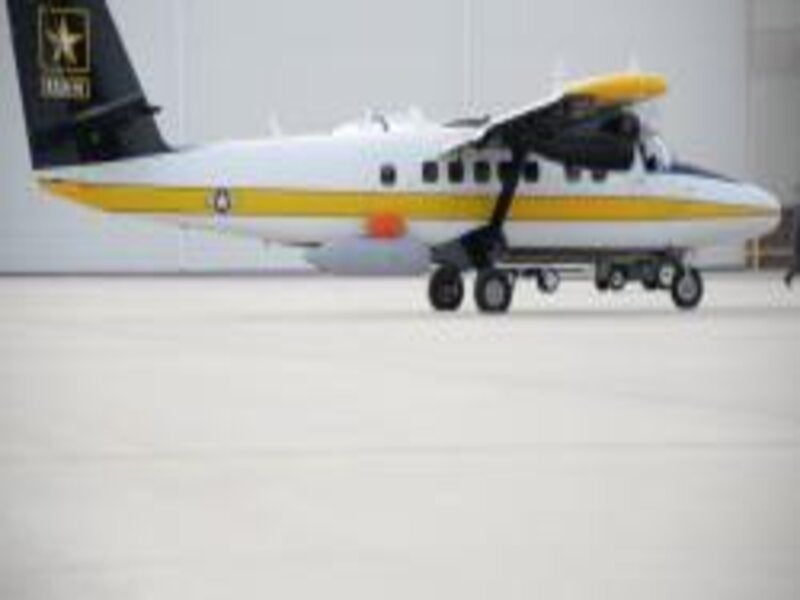
Lockheed Martin has won a project agreement to move into the second phase of development of its Multi-Function Electronic Warfare (MFEW) family of systems programme.
The contract was awarded by the Consortium Management Group (CMG)/ Consortium for Command, Control and Communications in Cyberspace (C5), on behalf of the US Army for the Air Large (AL) component development of the programme.
The MFEW-AL leverages three years of internal research and development (R&D) investment in an open architecture system of Lockheed Martin.
The system is developed to easily configure a variety of airborne and ground platforms including a wing-mounted pod for Group 4 unmanned aerial systems.
Lockheed Martin Spectrum Convergence division vice-president Deon Viergutz said: “Our internal research and development programmes have resulted in first-of-its-kind converged technologies that are at the forefront of realising our customers’ urgent need and vision for combined cyber and electronic warfare (EW) capability and dominance.
“We have over 40 years of DoD airborne and ground EW product experience, combined with extensive Intelligence Community products and expertise.
“We used this to create a compelling Cyber/EW product suite for the army that will continue to evolve to meet the emerging needs of our customers and overcome advances in adversary technologies.”
The partnership of Lockheed Martin with the US Army resulted in the creation of an MFEW-AL system, providing an extensive spectrum convergence capability for battlefield commanders.
The system follows open system standards laid by US Department of Defence (DoD) Command, Control, Communications, Computers, Intelligence, Surveillance and Reconnaissance (C4ISR)/EW Modular Open Suite of Standards (CMOSS).
This will enable rapid cyber/EW technique development and deployment; interoperability of hardware and software across airborne and ground platforms; prompt insertion of new hardware technology and significant reduction of total ownership costs.
Additionally, it will allow the systems to rapidly adapt to a continuously evolving threat that optimises support for troops.



